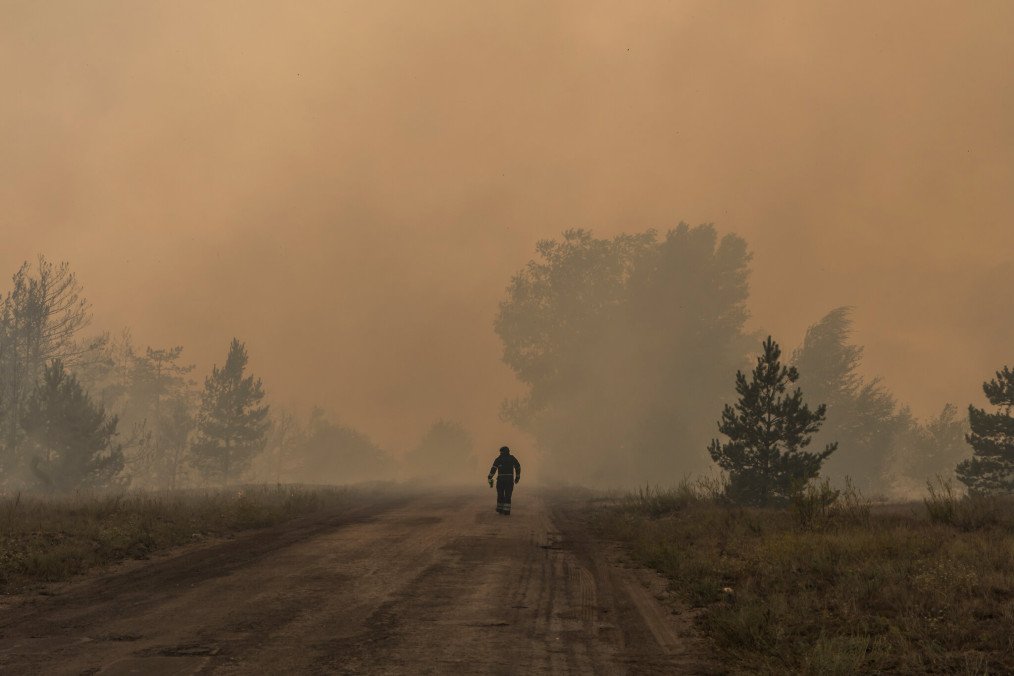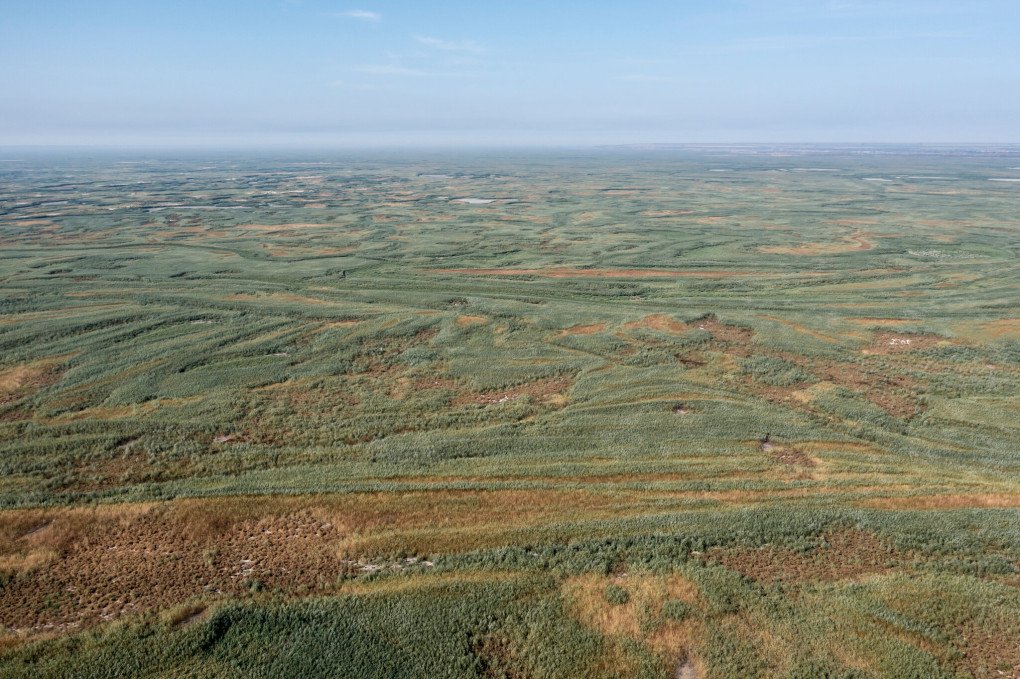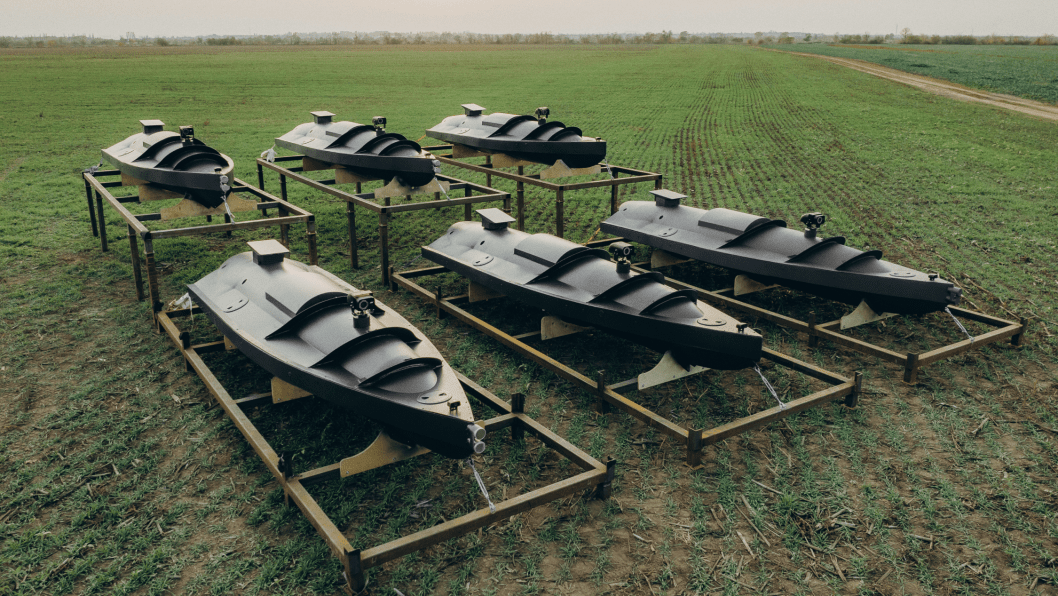- Category
- Latest news
Ukraine Estimates $85 Billion in Environmental Damage From Russia’s War

A New York Times investigation has revealed the severe environmental impact of the war in Ukraine, with prosecutors examining 247 cases of environmental destruction. Of these, 14 have been classified as ecocide under Ukraine’s criminal code due to the mass destruction of flora and fauna. Ukrainian officials estimate the total environmental damage at over $85 billion.
From polluted water sources to scorched forests and contaminated soil, experts warn that the consequences of the war will persist for decades. The destruction of key ecosystems and vital agricultural land poses long-term risks to Ukraine’s economy, public health, and biodiversity.
The war has left vast stretches of farmland scarred with craters, making agriculture—a cornerstone of Ukraine’s economy—more challenging.
“We really need water, we need it badly,” said Serhii Verhovskyi, a farmer near the former Kakhovka Reservoir.
The destruction of the dam in June 2023 disrupted irrigation for much of southern Ukraine, leaving fields parched and harvests dwindling.

Coal mines in eastern Ukraine, now largely abandoned due to the Russia’s war against Ukraine, present another risk. Groundwater flooding into these mines could leach toxins into drinking water and rivers, compounding the challenges faced by local communities. Many residents have resorted to backyard wells, unknowingly exposing themselves to contaminants.
Ukraine is home to some of the most fertile soil in the world, but years of shelling have contaminated the land with heavy metals and other pollutants.
“Even a century after World War I, soil in France is still contaminated,” said soil expert Naomi Rintoul-Hynes. Scientists warn that Ukraine faces similar risks, particularly in areas of intense combat.
Forests have also suffered. Wildfires—some sparked by explosives, others intentionally set—have destroyed large portions of eastern Ukraine’s pine forests. The presence of landmines makes firefighting efforts nearly impossible.
“Without exaggeration, pine forests are disappearing,” said forestry expert Brian Milakovsky.

Ukrainian authorities are gathering evidence of environmental destruction in an effort to hold Russia accountable, with hopes that the documentation will support future compensation claims.
“Nobody has done it before,” said Maksym Popov, an adviser on environmental crimes.

The war has also disrupted wildlife, altering ecosystems and putting species at risk. Flamingos, which found refuge in the Tuzlovsky Lagoons National Nature Park, abandoned their nests due to the noise of Russian drones.

“Not a single chick survived,” said park scientist Ivan Rusev.
Rabies outbreaks among foxes and other wild animals have surged due to limited vaccination efforts. Meanwhile, an estimated 50,000 dolphins may have perished in the Black Sea due to sonar interference from Russian warships.
According to NYT, even after the war, Ukraine will face environmental challenges. Efforts to recycle rubble from damaged cities are underway but complicated by safety hazards like unexploded ordnance and asbestos.
Ukraine hopes to incorporate environmental protections into any future peace agreement, but the road ahead is uncertain.
“Against the backdrop of these immense losses, we need to seek out any fragments of living nature and protect them,” said Iryna Vykhrystiuk, director of Tuzlovsky Lagoons National Park.
As Ukraine rebuilds, safeguarding its environment will be as crucial as restoring its cities and infrastructure. The scars of war on the land may take generations to heal, but preserving what remains will be essential for the country’s future.
Previously, it was reported that Russia not only attacks civilian populations and infrastructure but also wreaks havoc in the Black Sea.





-72b63a4e0c8c475ad81fe3eed3f63729.jpeg)

-111f0e5095e02c02446ffed57bfb0ab1.jpeg)
